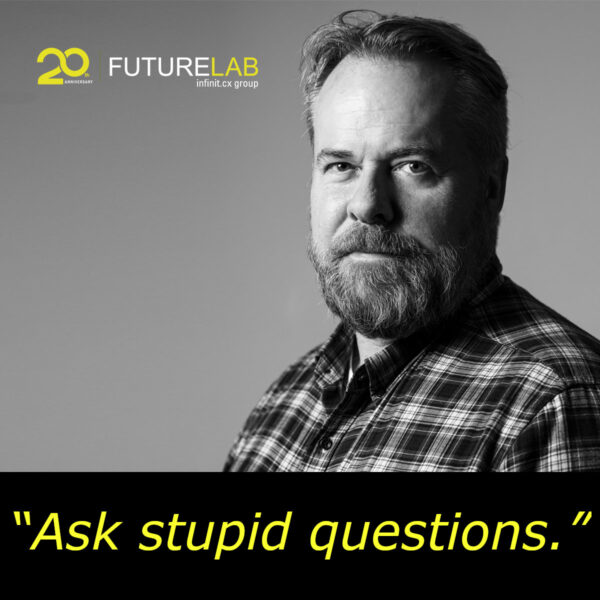Earlier this week, I wrote the first part of this two-part series that covers my take on Dr. Stephen Covey’s 8 Habits and how they can be applied to the customer experience discipline. I covered the first four habits in that post; today I’ll start with habit #5.
5. Seek first to understand, then to be understood
Do your homework. Research your customers and your marketplace. Understand who your customers are and what their needs are. Then clearly communicate your message, your purpose. Help your customers understand your Why, so they can align themselves with your organization, your brand – and become a part of something bigger.
Taking it down to a more-tactical level. From a customer service perspective, listen to your customers and understand their issues and concerns. Be empathetic. Then help customers understand how you’ll resolve the issues and take care of them.
Communication is a key takeaway for this habit. And don’t forget that actions often speak louder than words.
6. Synergize
What is synergy? In short, it means that the whole is greater than the sum of the parts. I love the examples that Dr. Covey gives:
If you plant two plants close together, the roots co-mingle and improve the quality of the soil so that both plants will grow better than if they were separated. If you put two pieces of wood together, they will hold much more than the total of the weight held by each separately. The whole is greater than the sum of its parts. One plus one equals three or more.
The essence of synergy is to value differences – to respect them, to build on strengths, to compensate for weaknesses.
Think about your employees. Think about hiring people with different values and backgrounds – and what that could mean for creativity and design thinking in your organization. Think about teamwork. Think about how, working together or collaborating, they can build something much more wonderful than a single mind alone can create.
Beyond that, think about the value of collaborating with your customers to create not only the best products but also the best customer experience. When both parties come together, they create something new.
7. Sharpen the saw
This habit is about finding balance and undergoing a constant renewal. Dr. Covey says that “sharpening the saw” means preserving and enhancing your greatest asset, you. Investing time in yourself.
In the customer experience discipline, I equate this habit to thinking of the customer experience as a journey. It’s not a “one and done.” It’s a journey. It’s evolving to react or to respond to ever-changing or emerging needs and trends. It must undergo a constant renewal. Innovation and continuous improvement are critical.
8. Find your voice, and inspire others to find theirs
The 8th habit may be one of the most important ones. This one reminds us of the importance of leadership setting the tone and inspiring the organization. The sub-title of The 8th Habit is “From Effectiveness to Greatness,” and in the book, Dr. Covey encourages leaders to find their voice, discover their passion. Be a model people are inspired to follow. Make a difference. And move beyond effectiveness to greatness.
In order to go beyond being effective to being great, Dr. Covey states that there are five cancerous behaviors that inhibit greatness and must be stopped.
- Criticism
- Complaining
- Comparing
- Competing
- Contending
I don’t need to explain any of them for you to understand how toxic they can be not only to your personal or leadership greatness but to the organization as a whole. If your company’s leadership or employees engage in any of these behaviors, your customers will know. Their experiences will be less than stellar,without a doubt.
I hope you’ve enjoyed my take on the 8 Habits as they relate to the customer experience discipline. I’d love to get your thoughts. Do you view any of them differently? How would you apply them within your organization?
Good leaders inspire people to have confidence in the leader. Great leaders inspire people to have confidence in themselves. -Eleanor Roosevelt
Original Post: http://cxjourney.blogspot.ro/2012/09/8-habits-of-highly-effective-customer_21.html




